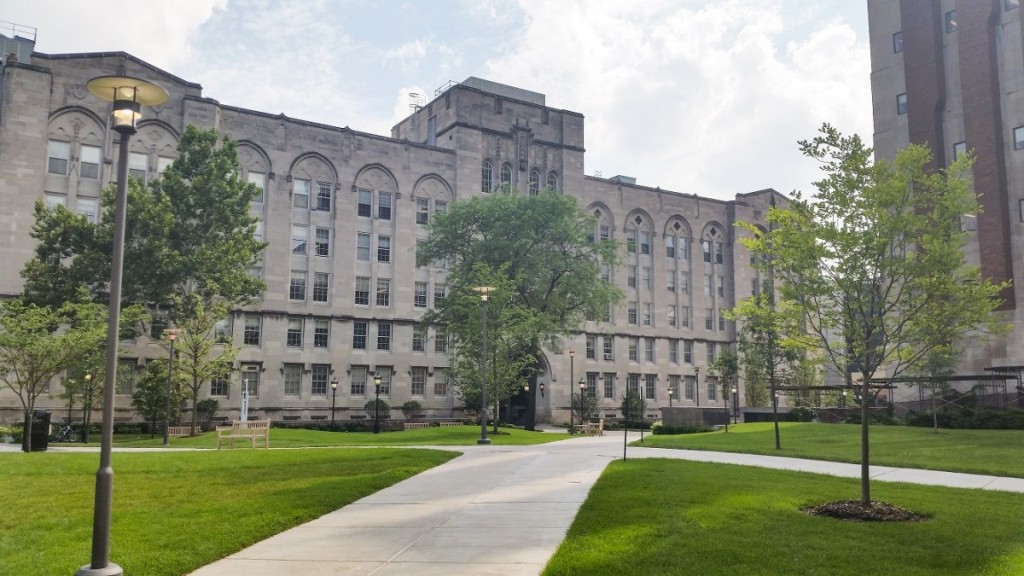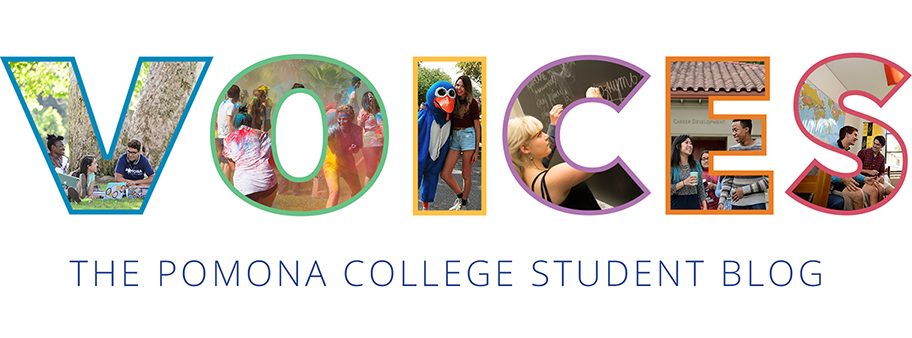She may lead you to a cure for multiple sclerosis (I work with female mice).
The world of scientific research captivated me the summer prior to my first year at Pomona College. I found a summer research internship through the M.D. Anderson Cancer Center to gain first-hand perspective with a research setting. I worked my mentors to investigate drug combinations for T-cell leukemia. It was an eye-opening experience — my first exposure to scientific academia, cell culture techniques, and the collaborative nature of a research lab. It was perhaps the experience which single-handedly culminated to my declaring a molecular biology major at Pomona.
For this summer, I wanted to continue looking into research that had relevance to the health professions. In particular, I was seeking neuroscience research. Ever since a horrifying experience of a close family member battling, and ultimately losing to, a vegetative state, I wanted to be a pioneer in the research and combatting of neurological disorders. I ultimately decided against studying neuroscience at Pomona because I felt that a broader degree would be more applicable, but I felt that I could find neuroscience exposure through summer research experiences. After contacting several professors at the University of Chicago (a comprehensive research university located close to my home), I was thrilled to be given a research opportunity by Dr. Brian Popko, one of the leading experts on myelin research.

What exactly is myelin? It’s a multifunction covering of the axons — the part of nerve cells through which signals are transmitted. The complex network of nerves is a crucial part of function for animals and consists of two parts: the central nervous system and the peripheral nervous system. The central nervous system, which is what the Popko lab investigates, consists of the brain and the spinal cord, while the peripheral nervous system is a network of nerves which lead to and from the central nervous system. For the point of simplification, you can think of the myelin-axon analogy as a insulating sheath-electric wire, though that isn’t fully characteristic.
Myelin is a crucial feature of the nervous system; the loss of myelin (known as demyelination) is implicated in many neurological disorders. Perhaps the most well-known is multiple sclerosis (MS), a complex disease in which myelin is damaged. While the effect is known, the cause still remains undetermined. No cure is known for the disorder, which affects more than 2 million people around the world and leads to decreased life expectancy compared to individuals with non-impaired myelin.
Research labs all around the country, including the Popko lab, are hard at work to better characterize the disorder and to find a cure. Characterization is an often underappreciated part of the treatment process; for example, the various suggested hypothetical models for multiple sclerosis may require different treatments. Animal models of multiple sclerosis are commonly used to further research so that one day breakthroughs can be applicable to humans with the disorder. At the Popko lab, mice models of the disorder are used.
So what do I do?
In a nutshell, I am learning a variety of techniques commonly used in the Popko lab to get an idea of what neuroscientific research is like. Once I master them, I have an independent project to investigate demyelination caused by lysolecithin (more on this soon). By doing so, I can track the rate and potentially assist in identifying an ideal window for treatments of this mouse model.
The lysolecithin model is one of several mice models which replicates a feature of multiple sclerosis. Because MS is a human disorder, it is impossible to replicate the full features (of which many are still unknown) onto a mouse model, so one has to use different models and find their overlap. Lysolecithin is a fat-based molecule which causes demyelination at the injection site, known as a lesion. This model of MS more accurately conveys the appearance of demyelinated sites, but several weeks after the injection, the mice are close to fully myelinated (indicating remyelination).
That is a lot to digest, so I think I’ll stop here in the characterization of my project. I’ll give more details and examples in the blog posts to come. In the meantime, a quick update of how my internship is going — I am learning much more than I could have anticipated, I am challenged in a supportive way, and I can genuinely feel trust and acceptance with all of my lab colleagues. I am extremely grateful to receive individual guidance from my mentors, and support to do this internship through Pomona.
